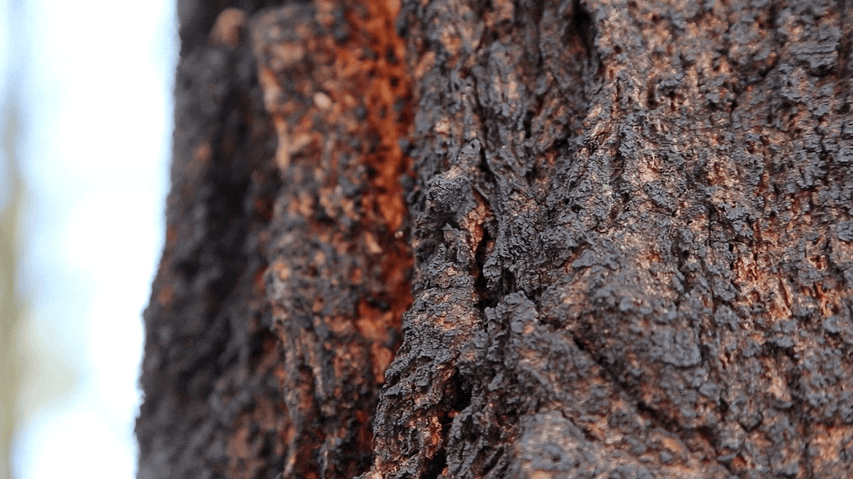Place and Parametricism
Contributors: Stanislav Roudavski; Mark Burry; Gini Lee; Jeff Malpas; Mark Taylor.
Presented as part of the Place and Parametricism exhibition at Real/Material/Ethereal: The 2nd Annual Design Research Conference at Monash University in Melbourne, Australia.
Tags: #exhibition #complete (Private)
This project contributes to a broad range of design fields, especially architecture. The overarching project, also called Place and Parametricism, looks at qualitative and quantitative ways to represent and manage places. Within this theme, the focus of this exhibition is on the analysis of digitally held information and on design-research methods that can advance such research. The project: 1) develops an account of place that is useful in concrete design situations; 2) conducts a systematic examination of computational approaches to place; 3) creates and tests computational design tools that can advance place-oriented design; and 4) demonstrates the effectiveness of this toolkit. The exhibition specifically focuses on the demonstration of the methods and tools.
In response to these aims, the project has conducted a range of design experiments. The investigators used these outputs for theory construction in collaborative multidisciplinary settings. The project has produced multiple outputs including contributions to theoretical understanding and practical design approaches. It produced novel teaching and learning strategies, demonstrated how computing can be used to unify multidisciplinary knowledge on place and disseminated the toolkit within relevant communities of practice.
This recorded work has been selected for the exhibition within the Real/Material/Ethereal: The 2nd Annual Design Research Conference in 2019, the leading disciplinary research forum in Australia. The work is supported by the ARD DP170104010 grant and co-created with leaders in their fields. The publications are forthcoming, and the team are in an active discussion with the curators at the National Gallery of Victoria where this work will form a part of a major exhibition. The themes presented in the exhibition have been discussed in peer-reviewed publication, presented at conferences, and won awards for the excellence in research.
Links
Publications
Invisible Places

Invisible Places: Photograph of exhibit at the Real/Material/Ethereal conference in Melbourne, Australia. Image by Julian Rutten.
Contributors: Julian Rutten, William Ward, Stanislav Roudavski, Mark Burry, Gini Lee, Jeff Malpas, Mark Taylor.
Presented as part of the Place and Parametricism exhibition at Real/Material/Ethereal: The 2nd Annual Design Research Conference at Monash University in Melbourne, Australia.
This project contributes to the discipline of architectural design. It examines the ability of augmented three-dimensional models to represent and extend habitable places. Within this theme, we focus on digital/analogue representations of performative, material/virtual interiors. This investigation seeks to address the gap in the existing knowledge about the cultural capabilities of digital/analogue environments. To address this gap, the project asks: how can interior places be extended into inclusive cultural landscapes? In response to this question we hypothesise that utilisation of digital scanning in combination with interactive digital simulations of events can aid understanding and imaginative amplification of real-world interior places.
Place and Colour

Place and Color: Excerpt from exhibition video. Video by William Ward.
Contributors: William Ward; Stanislav Roudavski; Mark Burry; Gini Lee; Jeff Malpas; Mark Taylor.
Presented as part of the Place and Parametricism exhibition at Real/Material/Ethereal: The 2nd Annual Design Research Conference at Monash University in Melbourne, Australia.
This work contributes to better understanding and design of places within architecture, landscape architecture and urban design. Computation is now common in design, but some researchers criticise digital methods for their lack of qualitative engagement with place. The project obtains evidence to alleviate such concerns and inform the ethical use of computational in design. Focusing on one aspect of place representation, the project asks: how can literary descriptions of places contribute to their understanding and design? In response to this question, we hypothesise that computational analysis of texts can improve the understanding of place representations in literary descriptions.
Trees as Place

Trees as Place: Excerpt from exhibition video. Video by Julian Rutten.
Contributors: Julian Rutten; Stanislav Roudavski; Mark Burry; Gini Lee; Jeff Malpas; Mark Taylor.
Presented as part of the Place and Parametricism exhibition at Real/Material/Ethereal: The 2nd Annual Design Research Conference at Monash University in Melbourne, Australia.
This project contributes to the theory and practice of architectural, urban and landscape design, particularly in the context of design for biodiversity. It focuses on large old trees. They are important as habitats. Yet, their numbers dwindle. To address this problem, design needs to consider the agency and needs of nonhuman stakeholders. Current research in design lacks the necessary theory and practices. In response, the project asks: what forms of communication can depict trees as places for multiple forms of life? It hypothesises that an integration of quantitative and qualitative representations can reveal ethical, aesthetic, biological and technical aspects of trees as places.
Sensing Place

Sensing Place: Excerpt from exhibition video showing a project by Chen Lin. Video by the authors.
Contributors: Julian Rutten; Stanislav Roudavski; Mark Burry; Gini Lee; Jeff Malpas; Mark Taylor.
Presented as part of the Place and Parametricism exhibition at Real/Material/Ethereal: The 2nd Annual Design Research Conference at Monash University in Melbourne, Australia.
This work contributes to research in architecture and design. It studies forms of existence, materialization, and interactive construction of places. The project’s focus is on fluid, complex, and interconnected places. Such places present a challenge to data-driven approaches to design. In response, the project asks: how can designers account for the multiple, overlapping and subjective experiences of places? We hypothesize that sensing technologies can provides data-driven accounts of places that can extend designers’ appreciation of their meaning and function for a broad range of stakeholders.
Related Projects
Backlinks